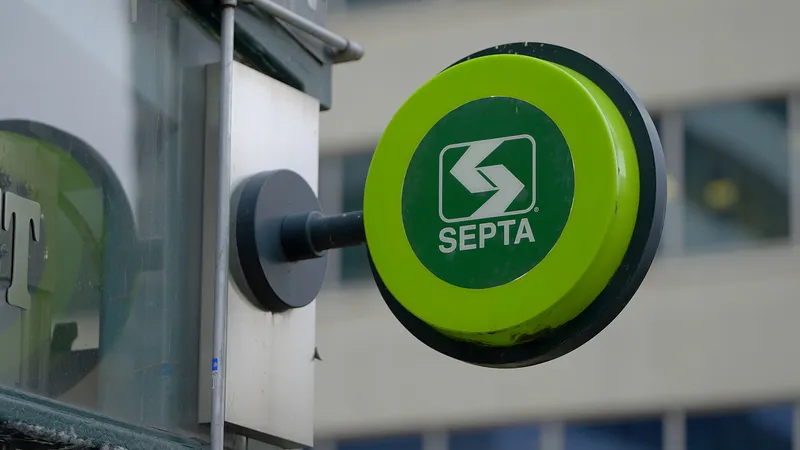According to a new market research report, Automated Fare Collection Market by Application (Rail and Transport, Parking), by Service Type (Consulting, System Implementation), by Technology, by Industry, by Region - Global Forecast to 2021, published by MarketsandMarkets, the global automated fare collection (AFC) market is estimated to grow from US$6.42 billion in 2016 to US$11.95 billion by 2021, at an estimated compound annual growth rate (CAGR) of 13.2 per cent.
Automated fare collection applications
June 3, 2016
Read time: 3 mins
According to a new market research report, Automated Fare Collection Market by Application (Rail and Transport, Parking), by Service Type (Consulting, System Implementation), by Technology, by Industry, by Region - Global Forecast to 2021, published by 6418 MarketsandMarkets, the global automated fare collection (AFC) market is estimated to grow from US$6.42 billion in 2016 to US$11.95 billion by 2021, at an estimated compound annual growth rate (CAGR) of 13.2 per cent.
Automated fare collection applications are mainly used in buses, railway ferries and road toll areas to collect fares electronically. With the help of these applications, passengers can commute faster. On the service provider side, AFC systems provide full controllable, automated and centralised systems that protect service providers from revenue leakages.
Factors that have pushed the growth of the AFC market are increased benefits of AFC, inclination to adopt new technologies and new technologies being developed for AFC such as advanced traffic management systems, commercial vehicle operations, AFC enabled retail systems, theme parks, automated transportation pricing systems and advanced public transportation systems. AFC eliminates the need for carrying out operations manually, is more accurate and reliable and the possibility of errors is close to negligible. The security for transactions and other operations in AFC is higher than that achieved from traditional methods. Considering such factors, the governments of many countries are investing in various AFC projects.
The North American region has been an extremely open and competitive market with regards to the adoption of AFC solutions across major industry applications. This region has been particularly responsive toward adopting the latest technological advancements, such as NFC and magnetic stripes. The major growth driver for the AFC market in this region is the strict government standards and regulations framed for various industries. This market is in the growing stage in Asia-Pacific (APAC), Europe, the Middle East and Africa (MEA), and Latin America, therefore AFC in these regions have immense scope for enhancement. Moreover, there is a huge return on investment because of low operating expenses in the AFC market, as opportunities for improved performance are always increasing, hence AFC platform vendors continue to invest on more flexible and region specific application and services across all these regions.
The key market players such as378 Cubic Corporation, 596 Thales Groups, 1809 Samsung SDS and 5151 ST Electronics, Singapore, among others, adopted the strategies of partnerships, collaborations, agreements and business expansions, M&A and new product launches to expand their client base and enter new market space with improved solution capabilities. New product developments were the key strategy adopted by industry players to achieve growth in the AFC market. This strategy accounted for 39 per cent of the total market share. The rising popularity of Cubic Corporation products and services and the high growth in the emerging markets encouraged companies to adopt this strategy. These major players are focused on developing new and advanced products to strengthen their product portfolio, expand their offerings to newer clients, and cater to the unmet needs of the subscriber's to expand their distribution network.
Automated fare collection applications are mainly used in buses, railway ferries and road toll areas to collect fares electronically. With the help of these applications, passengers can commute faster. On the service provider side, AFC systems provide full controllable, automated and centralised systems that protect service providers from revenue leakages.
Factors that have pushed the growth of the AFC market are increased benefits of AFC, inclination to adopt new technologies and new technologies being developed for AFC such as advanced traffic management systems, commercial vehicle operations, AFC enabled retail systems, theme parks, automated transportation pricing systems and advanced public transportation systems. AFC eliminates the need for carrying out operations manually, is more accurate and reliable and the possibility of errors is close to negligible. The security for transactions and other operations in AFC is higher than that achieved from traditional methods. Considering such factors, the governments of many countries are investing in various AFC projects.
The North American region has been an extremely open and competitive market with regards to the adoption of AFC solutions across major industry applications. This region has been particularly responsive toward adopting the latest technological advancements, such as NFC and magnetic stripes. The major growth driver for the AFC market in this region is the strict government standards and regulations framed for various industries. This market is in the growing stage in Asia-Pacific (APAC), Europe, the Middle East and Africa (MEA), and Latin America, therefore AFC in these regions have immense scope for enhancement. Moreover, there is a huge return on investment because of low operating expenses in the AFC market, as opportunities for improved performance are always increasing, hence AFC platform vendors continue to invest on more flexible and region specific application and services across all these regions.
The key market players such as









